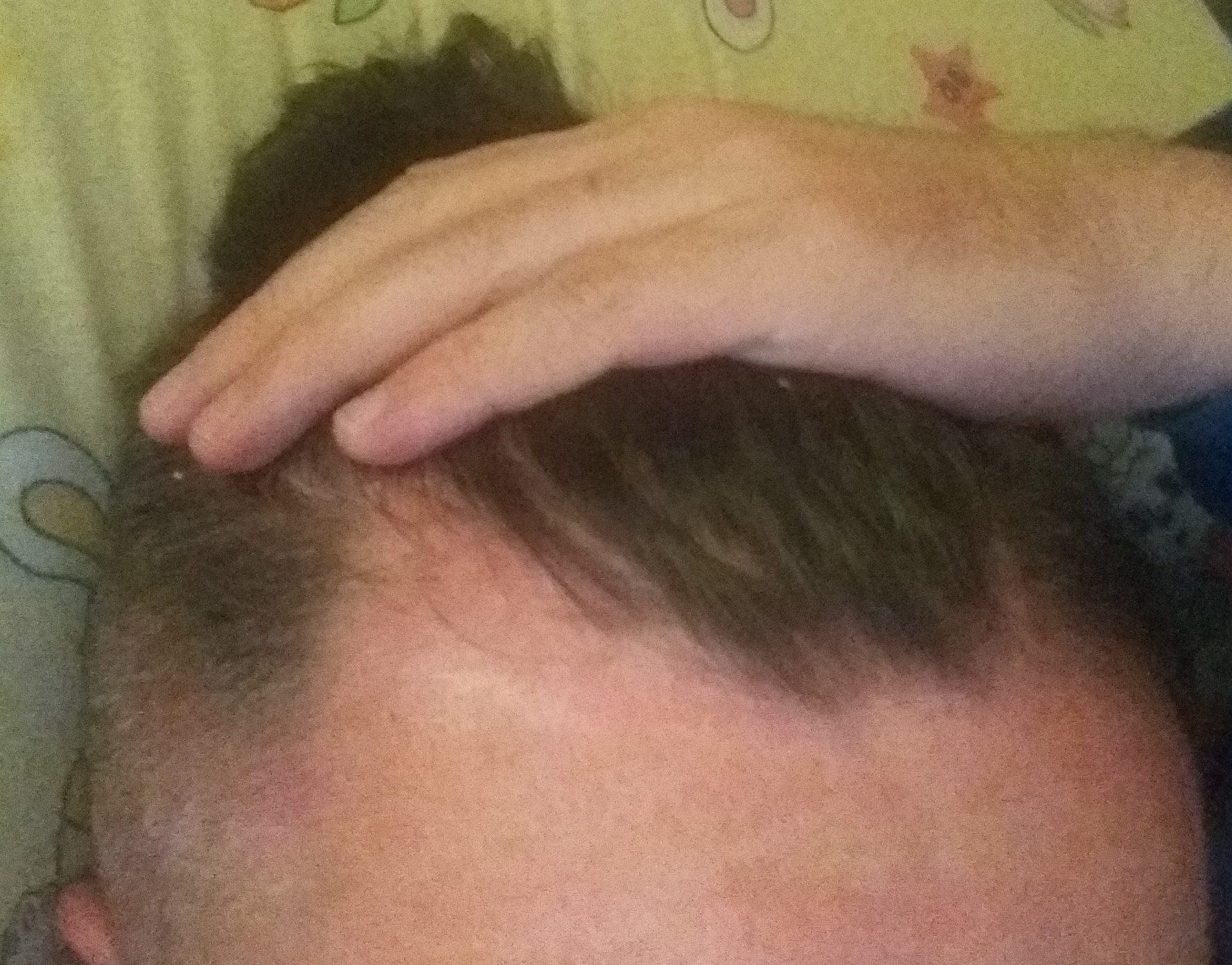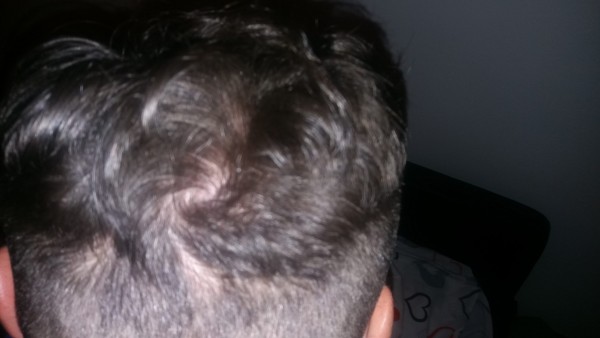
Traction baldness or traction alopecia

28/07/20
Don’t be violent towards your hair!
Do you notice that you lose your hair and "do nothing special" with it? Even "you are neither a man nor a woman of your age", and yet your hair is thinning? It is possible that you are too violent towards it. You have traction or traction alopecia that is caused by tightening it too much. If you have a particularly tightly tied or narrow ponytail.

If you strongly entangle your hair in braids, if you use a lot of hairpins or rubber bands "so that your hair does not get out of control" or fall on your face, then you are a candidate for traction alopecia. This type of hair loss is especially seen in black women, who are especially violent towards their hair due to traditional hairstyles, from Africa to both Americas, i. e. due to frequent braids, and are statistically the most common "victims" of this hair loss. Also, people with "dreadlocks" have a great chance of getting hurt.
What are characteristic of traction alopecia?
Traction alopecia is characterized by a lock of hair along the marginal line of the hair on a medical examination, and it is very common in one profession - ballerina! Siki (the people of India are recognizable by their turban) are also, due to their long and heavy hair, susceptible to this hair loss, as are all those who have heavy and lush, long hair. Those who wear tight compression helmets (motorcyclists, cyclists, skiers, snowboarders) are also a risk group.
It is treated in two ways: first, it is advised to "leave the hair alone" and remove all hairpins, rubber bands and aggressive hairstyles. If the hair does not recover satisfactorily, a hair transplant is approached.












